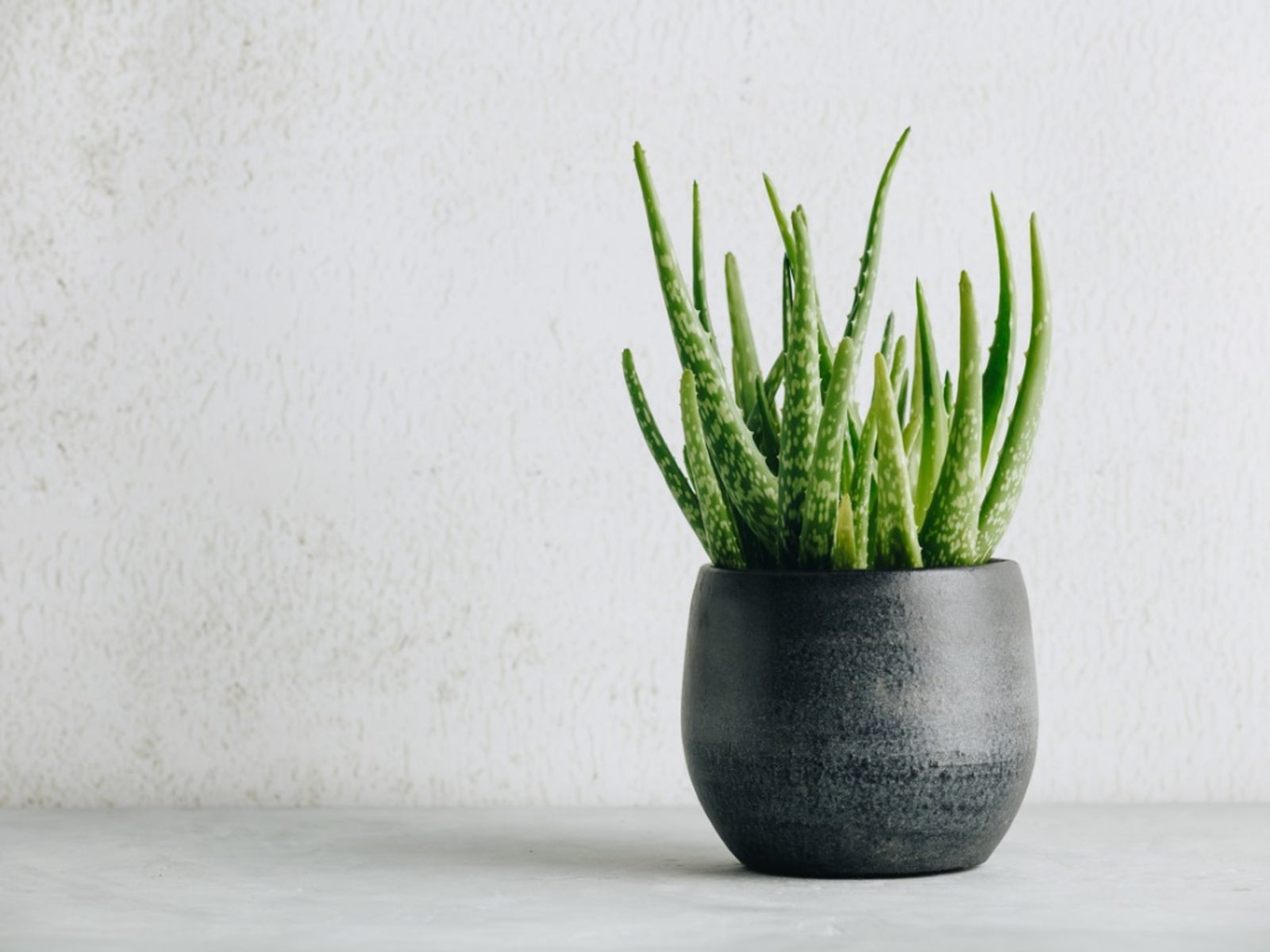Aloe Has Sticky Leaves - Reasons For A Sticky Aloe Plant


Aloe plants are common indoor succulents due to their ease of care or warm season outdoor plants. The plants need sun, heat and moderate water, but can survive brief periods of neglect. A sticky aloe plant is likely a symptom of some type of insect infestation, unless you grow it under a sappy plant. Why is aloe sticky? It's the result of honeydew, and I don't mean the melon. If your aloe has sticky leaves, first find out which insect is causing the problem, then proceed with treatment. Aloes look spectacular alone or in an arrangement with other succulents. The thick, serrated leaves make an excellent foil for softer rounder plants with similar cultivation needs. Aloes need little supplemental care as long they are grown in well drained, slightly gritty soil with adequate sun exposure and occasional water. Insects affect plants that are not well cared for or are in stressful conditions.
Why is Aloe Sticky?
Once you rule out exposure to chemical residue or another plant's sap, the logical conclusion is honeydew. Honeydew is the waste of several insect pests, among them aphids, scale and mealybugs. These three insects commonly infest succulents and other plants and spread in closely grown specimens. They secrete a sticky by-product that gets on foliage and leaves a tacky film. When leaves are sticky on aloe, it's time to have a good look at the undersides of leaves and in the crown. Each insect has a different appearance so it's good to know each insect's appearance.
Sticky Aloe Plant Bugs
Aphids are soft-bodied insects with small wings. They are usually black or brown but also come in red, spotted and even white. Scale on succulents is generally soft scale and will appear as small bumps on the leaves and stems of the aloe. They attach to the plant and suck the juice, damaging the vitality of the succulent and causing discoloration and stippling. Your aloe has sticky leaves when infested by mealybugs. You can identify them from the fuzzy white to pinkish substance that surrounds these tiny soft bodied bugs.
Treatment When Leaves are Sticky on Aloe
The residue itself may be rinsed off with clean water. Some portion of the insects will be removed during this process as well, but many remain hidden in small scars and crevasses. Make a homemade bug killer with 8 parts water, 1 part rubbing alcohol and a squirt of liquid dish soap (without bleach). Mix the ingredients up and pour into a spray bottle. Use weekly for at least a month by thoroughly soaking both the upper and lower parts of the leaves. You can also purchase a horticultural soap or neem oil for effective, non-toxic treatment. Consistent treatment and good plant management should prevent a sticky aloe plant.
Sign up for the Gardening Know How newsletter today and receive a free copy of our e-book "How to Grow Delicious Tomatoes".

Bonnie Grant is a professional landscaper with a Certification in Urban Gardening. She has been gardening and writing for 15 years. A former professional chef, she has a passion for edible landscaping.